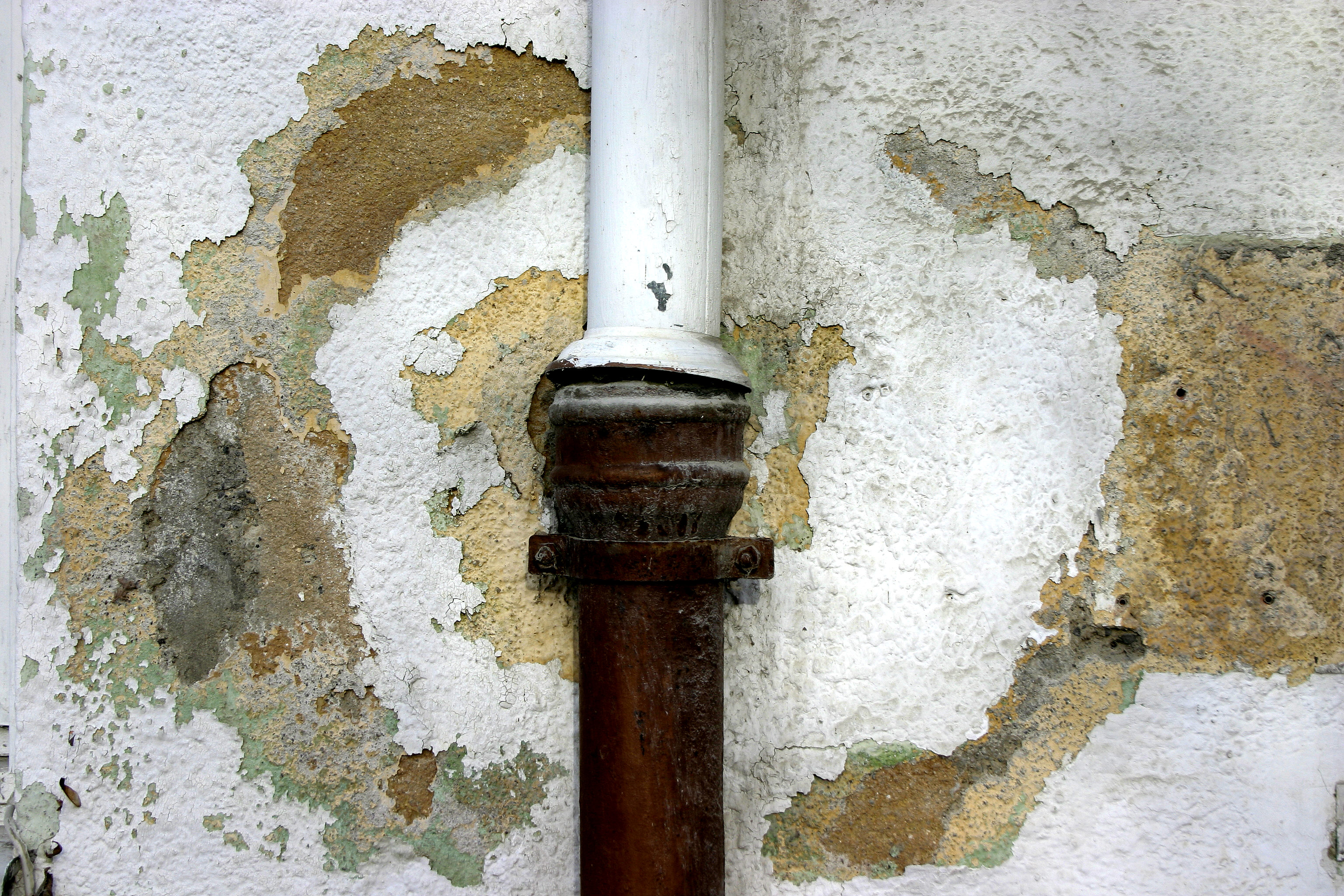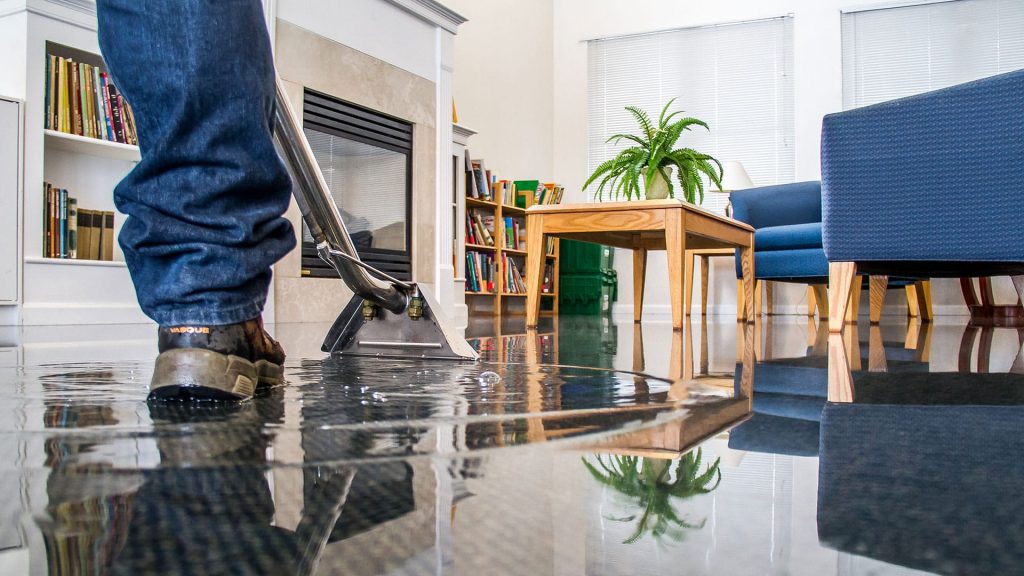Do's & Don'ts of Water Restoration.
Do's & Don'ts of Water Restoration.
Blog Article
Are you searching for tips about Simple Solutions To Preventing Fire And Water Damage To Your Home?

Water provides life, but water intrusion on some components where it's not expected to be can result in damage as well as trouble. In enhancement, homes with water damages smell mildewy and old.
Water can originate from many sources like tropical storms, floodings, burst pipes, leakages, and also drain issues. If you have water damages, it's far better to have a functioning understanding of safety and security preventative measures. Right here are a few standards on how to take care of water damage.
Do Prioritize Home Insurance Coverage
Seasonal water damage can originate from floods, seasonal rainfalls, and wind. There is also an event of an abrupt flooding, whether it came from a defective pipeline that instantly ruptures right into your residence. To safeguard your home, obtain residence insurance coverage that covers both disasters such as all-natural catastrophes, as well as emergencies like damaged plumbing.
Do Not Neglect to Shut Off Utilities
When catastrophe strikes and you remain in a flood-prone area, shut off the main electrical circuit. Turning off the power stops
When water comes in as water offers as a conductor, electric shocks. Don't forget to switch off the primary water line shutoff as a means to stop more damages.
Keep your furnishings steady as they can relocate about as well as trigger added damage if the floodwaters are getting high.
Do Stay Proactive and Heed Weather Condition Notifies
If you live in an area plagued by floods, stay positive and ready at all times. Listen to the information as well as discharge cautions if you live near a body of water like a creek, lake, or river .
Do Not Neglect the Roofing System
Your roofing professional should take care of the defective gutters or any type of various other signs of damage or weakening. An inspection will avoid water from moving down your wall surfaces as well as saturating your ceiling.
Do Focus On Little Leaks
A burst pipeline doesn't take place in a vacuum or overnight. There are warnings that can attract your focus and also suggest to you some damaged pipelines in your home. Indicators of red flags in your pipes include gurgling paint, peeling wallpaper, water touches, water spots, or trickling sounds behind the walls. There are indications that the pipeline will certainly burst. If you see these indicators, don't await an acceleration. Fixing and inspect your plumbing fixed before it causes substantial damage to your home, finances, and a personal headache.
Do Not Panic in Case of a Ruptured Pipeline
Timing is vital when it comes to water damages. If a pipeline bursts in your residence, instantly shut off your main water shutoff to cut off the source and prevent more damage. Call a reputable water damage restoration professional for aid.
Water provides life, however water intrusion on some components where it's not meant to be can result in damage as well as trouble. In addition, residences with water damage odor old and also mildewy.
Seasonal water damage can come from floods, seasonal rains, as well as wind. Indications of red flags in your pipes consist of bubbling paint, peeling off wallpaper, water touches, water discolorations, or trickling sounds behind the wall surfaces. If a pipeline ruptureds in your house, immediately closed off your primary water shutoff to cut off the resource as well as stop even more damage.
Some Do's & Don't When Dealing with a Water Damage
DO:
Make sure the water source has been eliminated. Contact a plumber if needed. Turn off circuit breakers supplying electricity to wet areas and unplug any electronics that are on wet carpet or surfaces Remove small furniture items Remove as much excess water as possible by mopping or blotting; Use WHITE towels to blot wet carpeting Wipe water from wooden furniture after removing anything on it Remove and prop up wet upholstery cushions for even drying (check for any bleeding) Pin up curtains or furniture skirts if needed Place aluminum foil, saucers or wood blocks between furniture legs and wet carpet Turn on air conditioning for maximum drying in winter and open windows in the summer Open any drawers and cabinets affected for complete drying but do not force them open Remove any valuable art objects or paintings to a safe, dry place Open any suitcases or luggage that may have been affected to dry, preferably in sunlight Hang any fur or leather goods to dry at room temperature Punch small holes in sagging ceilings to relieve trapped water (don't forget to place pans beneath!); however, if the ceiling is sagging extremely low, stay out of the room and we'll take care of it DO NOT:
Leave wet fabrics in place; dry them as soon as possible Leave books, magazines or any other colored items on wet carpets or floor Use your household vacuum to remove water Use TV's or other electronics/appliances while standing on wet carpets or floors; especially not on wet concrete floors Turn on ceiling fixtures if the ceiling is wet Turn your heat up, unless instructed otherwise

I'm certainly very involved in Safety Tips To Prevent Fire And Water Damage and I really hope you enjoyed reading the new page. Are you aware of another person who is in the market for Reducing Your Risk Of Water And Fire Damage At Home? Do not hesitate to promote it. We cherish reading our article about What You Can Do At Home To Prevent Fire And Water Damage.
Report this page